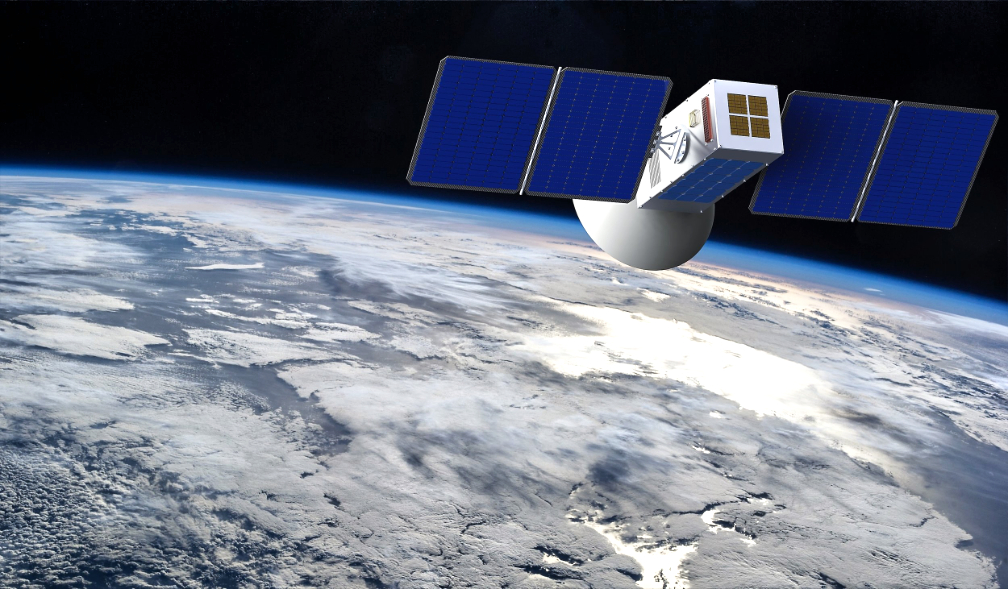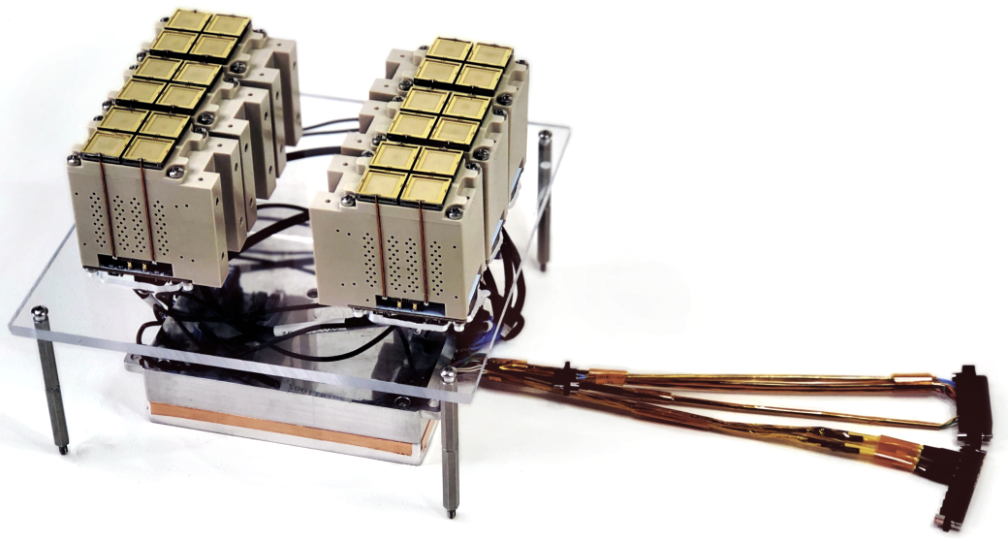
Accion Systems has been awarded a follow-on Phase II Small Business Innovation Research (SBIR) contract through AFWERX, in partnership with Air Force Research Lab (AFRL), and the National Security Innovation Network (NSIN).
The award recognizes the successful completion of the Phase I SBIR contact earlier this year and exciting promise for Accion’s TILE ion electrospray propulsion for use in national security missions.

AFRL and AFWERX have partnered to streamline the Small Business Innovation Research process in an attempt to speed up the experience, broaden the pool of potential applicants and decrease bureaucratic overhead. Beginning in SBIR 18.2, and now in 20.R, the Air Force has begun offering ‘Special’ SBIR topics that are faster, leaner, and open to a broader range of innovations.
Accion Systems has developed a unique in-space propulsion system, based on a postage stamp-sized thruster chip, that is scalable from nanosatellites to larger satellites. These engines help satellites perform mission-critical orbital maneuvers.
Unlike other ion engines, Accion’s thrust-producing ions are supplied from ionic liquid propellant — a safe, non-toxic liquid salt. This novel source of ions allows Accion to avoid the use of large ionization chambers, pressurized tanks, bulky valves, and external cathodes, significantly reducing its propulsion systems’ size without sacrificing performance, power or reliability.

Executive Comments

“We are thrilled that our contract with AFRL continues to expand beyond the initial scope of our partnership,” said Dr. Natalya Bailey, CTO of Accion Systems. “This Phase II contract accelerates our path towards commercialization, bringing the concept of powerful, efficient and less expensive space exploration to reality.”
“AFRL is excited to participate with Accion in the AFWERX program to explore the speed at which Accion can deliver technology solutions to the Air Force,” said Capt. Karson Roberts, Program Manager at AFRL’s In-Space Propulsion Branch. “This technology will be greatly beneficial in enhancing on-orbit capabilities for the DoD.”
